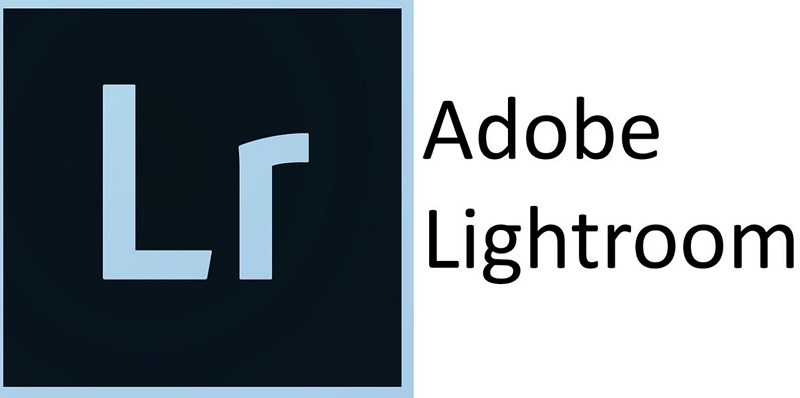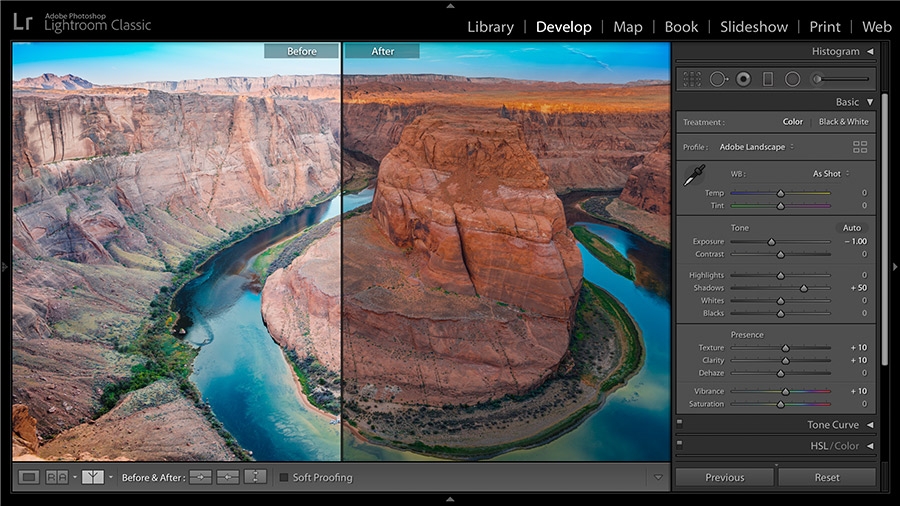Adobe Lightroom for Designers: A Comprehensive Review

Adobe Lightroom, renowned for its photo-editing prowess, has been a pivotal tool in a photographer’s arsenal. But its potential isn’t limited to photography alone. As the digital design landscape evolves, designers are discovering the immense capabilities of Lightroom to elevate their work.
In this comprehensive review, we dive deep into the world of Adobe Lightroom, dissecting its features, usability, and overall potential from a designer’s perspective. How does it fare against other design tools? Let’s explore.
Seamless Integration with Adobe Suite
For designers entrenched in the Adobe ecosystem, Lightroom offers seamless integration with tools like Photoshop, Illustrator, and more. This interconnectivity enhances workflow, allowing designers to fluidly transition between applications, saving time and reducing redundancy.
Furthermore, with Adobe Creative Cloud, assets can be synced across devices, ensuring that your designs remain consistent and accessible wherever you go.
Non-Destructive Editing
One of Lightroom’s standout features is its non-destructive editing capabilities. Designers can experiment with colors, overlays, and effects without altering the original file. Every change is recorded as a separate layer, ensuring that you can always revert to previous versions.
This flexibility is indispensable, especially when collaborating with clients or team members who might have varied feedback and revision requests.
Rich Color Grading and Effects
Lightroom boasts an extensive range of color grading tools that are incredibly nuanced and customizable. These tools grant designers the ability to set precise moods, atmospheres, and visual themes for their projects.

Presets: A Designer’s Best Friend
The software’s preset system is a game-changer. Designers can save specific settings and apply them across various projects, ensuring uniformity and brand consistency. Furthermore, the vast online community around Lightroom provides a plethora of shared presets, expanding the tool’s potential even further.
Limitations and Considerations
While Lightroom is a formidable tool, it’s essential to note that it’s fundamentally a photo-editing software. Some advanced design features found in dedicated design software might be lacking. Thus, while it’s an excellent supplemental tool, it may not always replace more specialized design software.
Moreover, as with any Adobe product, there’s a learning curve. Designers new to Lightroom might need to invest time in tutorials and practice to harness its full potential.







